Pickleball Rule Book - Take Your Game to the Next Level!
By understanding the rules of the serve, players can start the rally properly and set themselves up for success. The rulebook provides a detailed explanation of the serve, including the specific requirements for serving underhand, below the waist, and within the confines of the court.
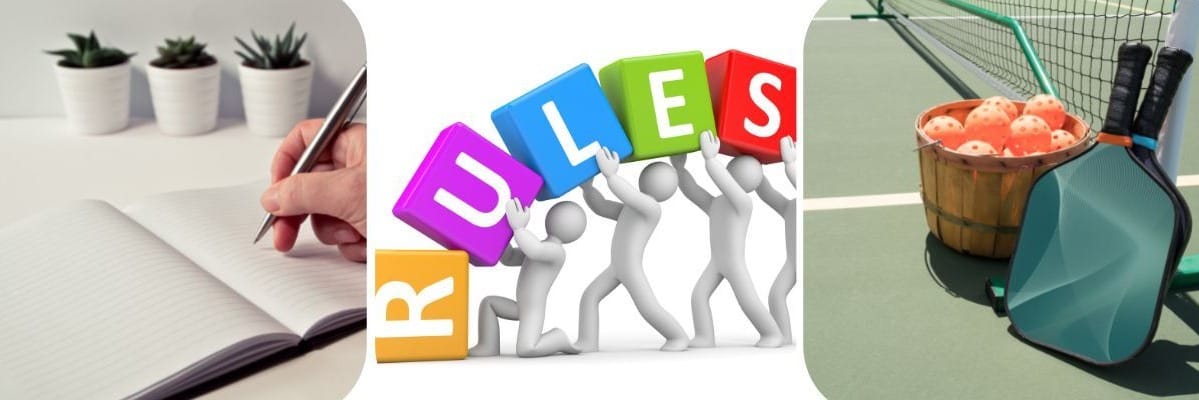
Pickleball is a fast-paced, fun, and exciting sport that is enjoyed by millions of people around the world. It combines elements of tennis, badminton, and table tennis, and can be played both indoors and outdoors.
As with any sport, understanding the rules and regulations of pickleball is essential for players to enjoy the game and compete fairly. This is where a pickleball rule book comes in handy.
Picklebook rule book provides a comprehensive guide to the rules and regulations established by the International Federation of Pickleball (IFP), the governing body of the sport. Whether you're a beginner or a seasoned player, a pickleball rulebook can help you understand the nuances of the game and improve your skills on the court.
Buying Guide
Pickleball is a popular sport that is enjoyed by people of all ages and skill levels. Whether you're new to the game or a seasoned player, having a pickleball rulebook can be an invaluable resource for understanding the rules and regulations of the game. Here are some things to consider when choosing a pickleball rulebook:
- Official Rules - Look for a rulebook that is based on the official rules set forth by the International Federation of Pickleball (IFP). These rules are regularly updated and provide a comprehensive guide to playing the game correctly and fairly.
- User-Friendly - Choose a rulebook that is easy to understand and navigate. Look for a book that is well-organized with clear explanations and illustrations.
- Comprehensive - The rulebook should cover all aspects of the game, including court dimensions, equipment, serving, scoring, and fault rules. Make sure the rulebook you choose is comprehensive enough to answer any questions you may have while playing the game.
- Portable - Consider a rulebook that is small and portable, so you can easily bring it with you to games and tournaments. A pocket-sized book or a digital version that can be accessed on a smartphone or tablet can be especially convenient.
- Authoritative - Look for a rulebook that is written or endorsed by recognized authorities in the sport, such as coaches, referees, or professional players. This can ensure that the information is accurate and up-to-date.
- Reviews - Finally, read customer reviews of the rulebook you're considering. This can give you an idea of the book's quality and usefulness, and help you make an informed decision.
In summary, choosing the right rulebook can be a helpful tool in improving your game and understanding the rules of the sport. Consider the official rules, user-friendliness, comprehensiveness, portability, authoritativeness, and customer reviews when making your choice.
Pickleball Fundamentals
Shop Now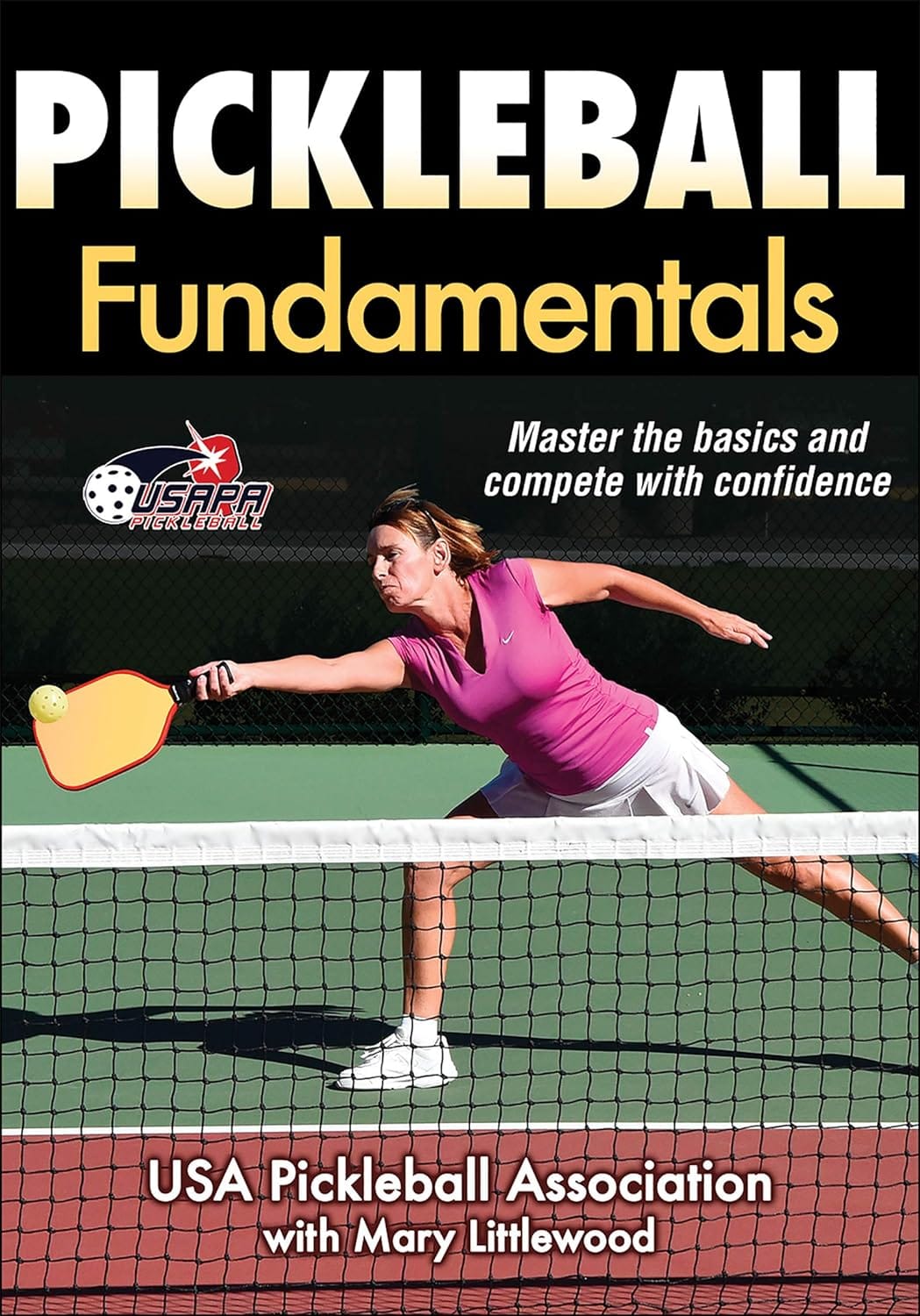
Pickleball Fundamentals" by USA Pickleball Association
This rule book is published by the USAPA, which is the governing body of pickleball in the United States. It provides a comprehensive overview of the rules and regulations of the game, including scoring, court dimensions, equipment requirements, and much more.
The book is easy to read and is a great resource for both beginners and experienced players. Pickleball Fundamentals is the first book written and endorsed by the USA Pickleball Association. It will teach you the basics of the sport so that you can join the fun on the court right away.
Learn proper execution of the sport’s essential skills and tactics. All the shots groundstroke, serve and return, volley, dink, lob, overhead smash, and drop provide a base for solid technique. More than 40 drills and game-like activities will speed your learning while improving your performance.
You’ll also find competitive tactics for various scenarios and strategies for both singles and doubles play. So whether you are new to the sport or one of the growing number of pickleball fanatics, Pickleball Fundamentals is the best way to master the basics and compete with confidence.
Sold by Amazon
Pickleball Book For Beginners
Shop Now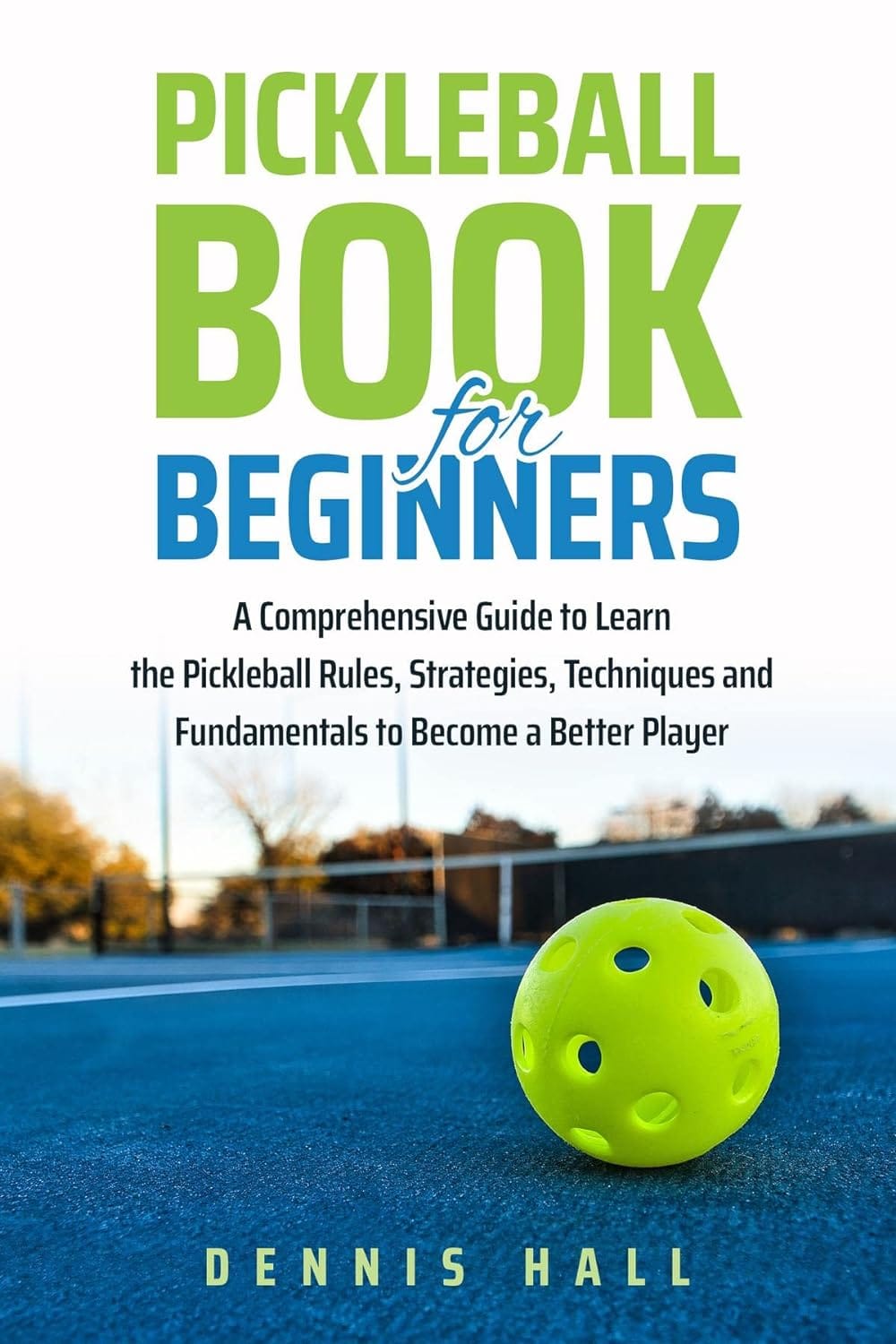
Pickleball Book For Beginners
The "Pickleball Book For Beginners" is an informative guide designed to introduce new players to the exciting and growing sport of pickleball. This book provides a comprehensive overview of the game's history, equipment, and rules, making it an excellent resource for anyone who is just starting with the sport.
The book is written in an easy-to-read style, with clear and concise explanations of all the key concepts and terminology used in pickleball. It covers everything from the basic rules of the game to more advanced techniques and strategies that players can use to improve their skills on the court.
In addition to the informative text, the book also features helpful illustrations and diagrams that help to illustrate the key concepts and techniques covered in the text. This makes it an ideal resource for visual learners who may find it easier to understand complex ideas through visual aids.
Whether you're a complete novice to pickleball or you've been playing for a little while and want to brush up on your skills, the "Pickleball Book For Beginners" is an essential resource that will help you to get the most out of this fun and exciting sport.
With its clear explanations, helpful illustrations, and comprehensive coverage of all the key aspects of the game, this book is a must-read for anyone who is looking to improve their pickleball skills and take their game to the next level.
Sold by Amazon
Pickleball Rules and Fundamentals
Shop Now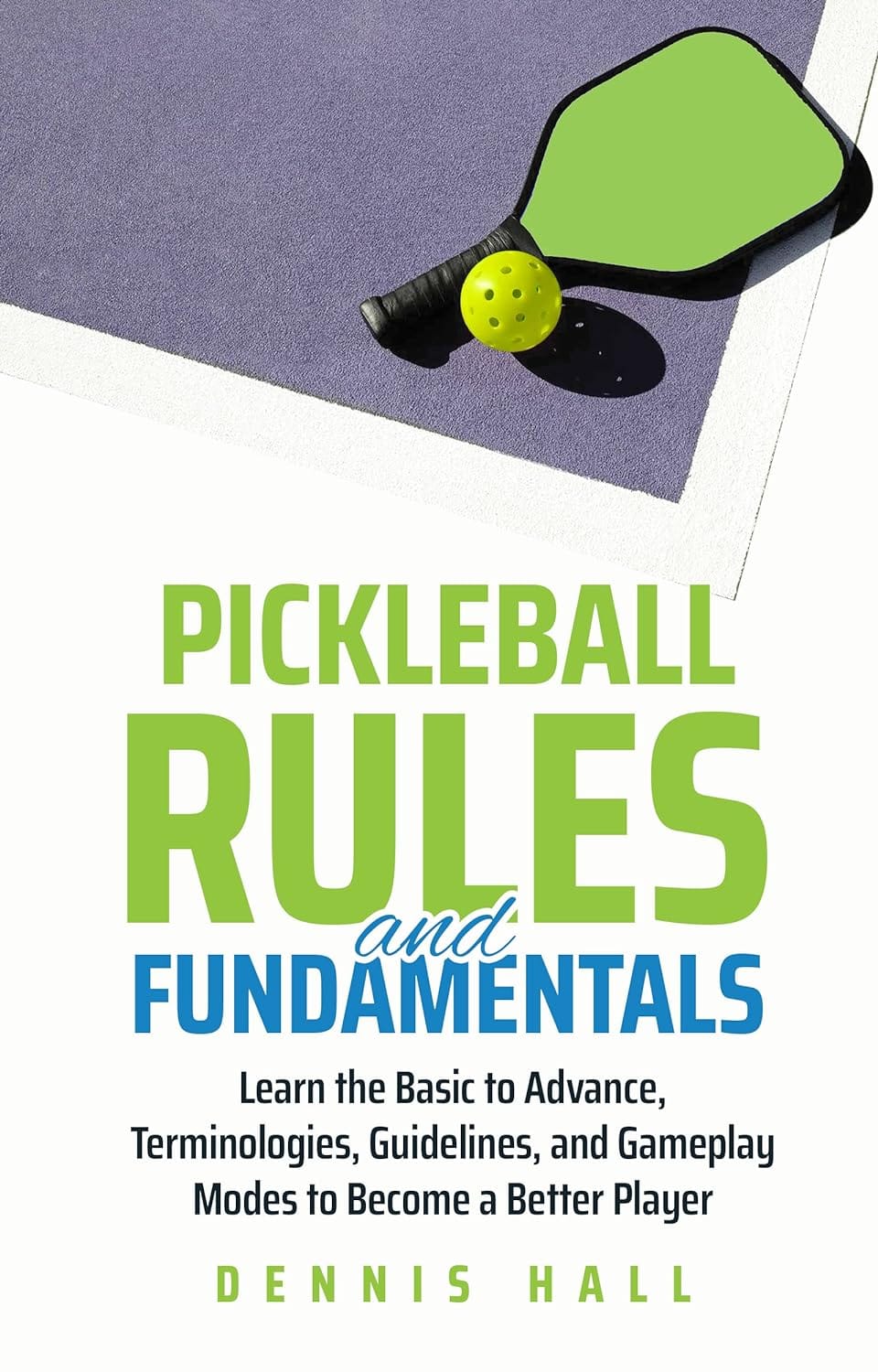
Pickleball Rules and Fundamentals
Pickleball is a fun, fast-paced sport that people of all ages can enjoy. It's easy to learn but can still provide a challenge for experienced players to keep them entertained. And it's growing in popularity – so you can surely find plenty of people to play with. So You'll be able to start playing with friends in no time!
With this guide, you will be able to learn not only the basic rules of the game but also some more advanced techniques and strategies involved that will take your pickleball skills to the next level so that you can start playing like a pro.
In this book, you'll learn everything from the game's basic rules to more advanced strategies and tactics. With this guide in hand, you'll be able to hit the court with confidence and start enjoying this fun sport with friends and family.
Sold by Amazon
USA Pickleball Rulebook
Shop Now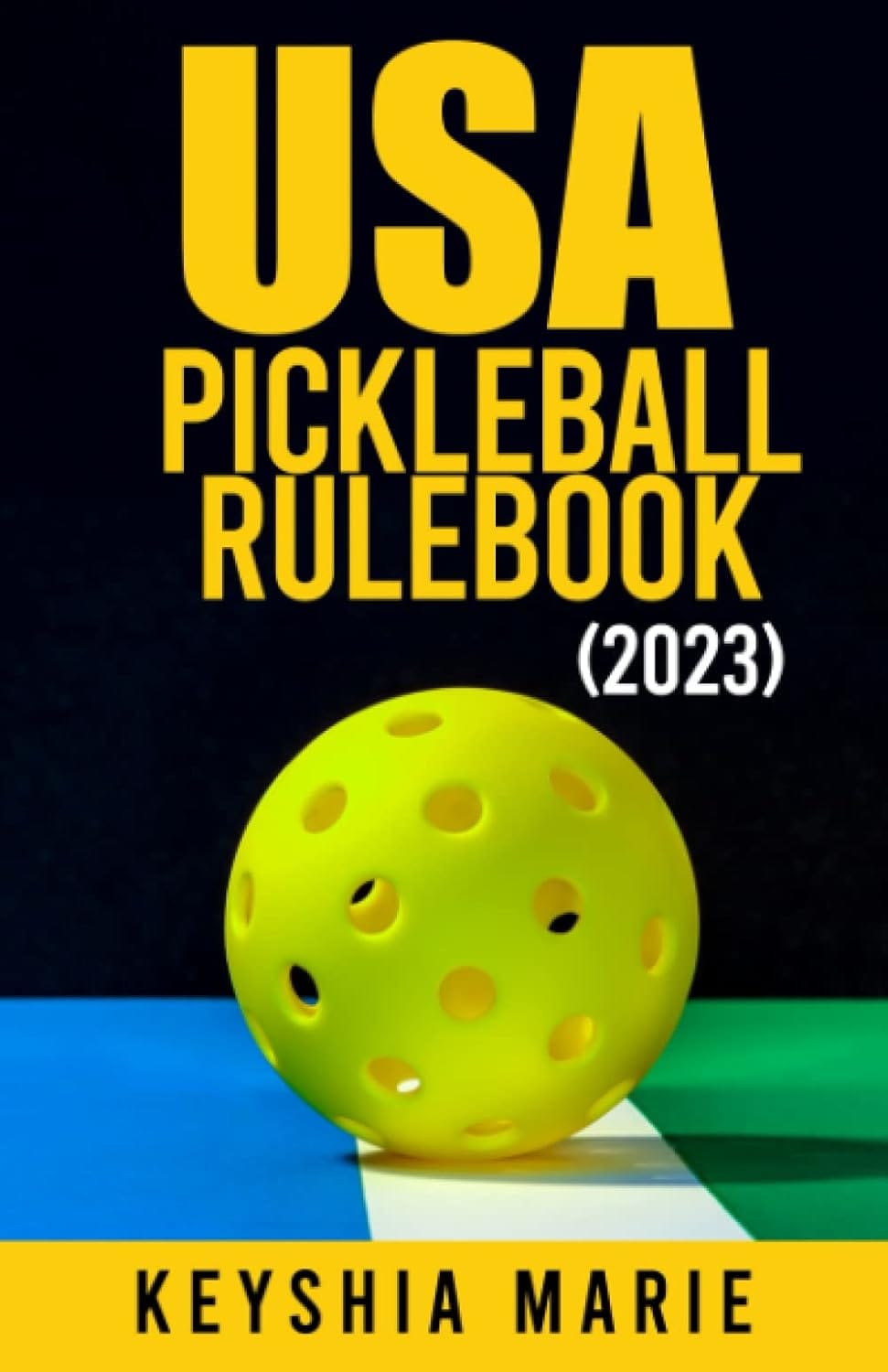
USA Pickleball Rulebook
The USA Pickleball Association (USA PICKLEBALL) was organized to perpetuate the growth and advancement of pickleball on a national level and to set goals for worldwide play and recognition. USA PICKLEBALL is committed to furthering the growth and development of pickleball among all players.
USA PICKLEBALL is the governing body of American Pickleball that formulates and interprets all the rules of the sport in a manner that preserves the traditional nature and character of the sport and the skills traditionally required to play the sport.
All such decisions by USA PICKLEBALL are final and not appealable. Some sections of this rulebook are designed to be used only for the conduct of sanctioned tournaments. A sanctioned tournament allows players to obtain a rating on a national or international basis.
Sold by Amazon
Pickleball Rule Book FAQs
Q: What are the 10 key rules of pickleball?
Answer: Pickleball is a sport that is growing in popularity worldwide. It is played on a court similar to a badminton court, with a net that is slightly lower than a tennis net. Here are 10 key rules for pickleball:
- Court Size and Dimensions - The pickleball court is 20 feet wide and 44 feet long for doubles play and 20 feet wide and 22 feet long for singles play. The net is hung at a height of 36 inches at the sidelines and 34 inches in the center.
- Service - The serve must be hit underhand and diagonally across the court to the opponent’s service court. The serve must land within the confines of the opponent’s service court and must not touch the net.
- Double Bounce Rule - The ball must bounce once on each side of the net before players can hit the ball in the air. This means that the serving team must let the ball bounce before hitting it and the receiving team must let the ball bounce before returning it.
- Faults - Faults include serving the ball into the wrong service court, not clearing the net, stepping into the non-volley zone, hitting the ball out of bounds, and hitting the ball before it bounces.
- Non-Volley Zone - The non-volley zone is immediately in front of the net. Players are not allowed to hit the ball in the air while standing in the non-volley zone. They may step into the non-volley zone to play a bounced ball.
- Scoring - A point is scored by the serving team when the receiving team faults. The first team to score 11 points and win by two points wins the game. In tournament play, games are often played to 15 or 21 points.
- Switching Sides - After each game, players switch sides of the court. When the leading team reaches six points, players switch sides of the court.
- Out-of-Bounds - A ball that lands outside of the court boundary lines is considered out-of-bounds and results in a fault.
- Let Serves - A let serve occurs when the serve hits the net and lands in the correct service court. The serve is replayed without penalty.
- Foot Faults - A foot fault occurs when the server or receiver steps on or over the baseline or sideline while serving or returning a serve. This results in a fault.
These are just a few of the key rules in pickleball. It is important to become familiar with all the rules to play the game effectively and fairly. With practice and adherence to the rules, players can improve their skills and enjoy the game even more.
Q: What are the 5 basic rules of pickleball?
Answer: Pickleball is a fast-growing sport that is enjoyed by people of all ages and skill levels. Here are the 5 basic rules of pickleball:
- Serving: The serving team must serve the ball diagonally, underhand, from behind the baseline, and to the opposite service court. The serve must be made with the paddle below the waist level, and the ball must bounce once on the service before being hit by the receiving team.
- Double Bounce Rule: After the service, both teams must let the ball bounce once before returning it. This means that the receiving team must let the ball bounce before returning the serve, and the serving team must let the return bounce before hitting it.
- Non-Volley Zone: The area within seven feet of the net is called the non-volley zone or kitchen. Players are not allowed to hit the ball in the air when they are inside the non-volley zone, but they may enter the non-volley zone to play a ball that has bounced.
- Scoring: Points are only awarded to the serving team, and games are typically played to 11 points, with a two-point lead required to win.
- Faults: A fault occurs when a player fails to serve the ball correctly, hits the ball out of bounds, hits the ball before it bounces twice, or steps into the non-volley zone while hitting a volley. If a fault occurs, the opposing team receives a point.
These are the 5 basic rules of pickleball that are essential to understand before playing the game. As players become more experienced, they will encounter additional rules, strategies, and techniques that can help them improve their game.
Q: What are the 7 rules of pickleball?
Answer: Pickleball is a fast-paced and exciting sport that is played with a paddle and a plastic ball. Here are seven of the most important rules of pickleball:
- Serve - The serve is an underhand shot that must be hit from behind the baseline and diagonally across the court to the opponent’s service court. The server must keep one foot behind the baseline when serving, and the paddle must be below the waist.
- Double Bounce Rule - After the serve, the ball must bounce once on each side of the net before players can hit the ball in the air. This means that the serving team must let the ball bounce before hitting it and the receiving team must let the ball bounce before returning it.
- Non-Volley Zone - The non-volley zone, also known as the kitchen, is within seven feet of the net. Players are not allowed to hit the ball in the air while standing in the non-volley zone, but they can enter it to play a ball that has bounced.
- Faults - Faults include serving the ball into the wrong service court, not clearing the net, stepping into the non-volley zone, hitting the ball out of bounds, and hitting the ball before it bounces twice. If a fault occurs, the point goes to the opposing team.
- Scoring - The serving team scores points when the opposing team commits a fault. Points can only be scored by the serving team, and the first team to score 11 points and win by two points wins the game.
- Switching Sides - Players switch sides of the court after each game, and when the leading team reaches six points.
- Out-of-Bounds - A ball that lands outside of the court boundary lines is considered out-of-bounds and results in a fault.
These are just a few of the key rules in pickleball. As players become more experienced, they may encounter additional rules, such as let serves, foot faults, and more advanced strategies and techniques. But these seven rules provide a solid foundation for understanding and playing pickleball at a beginner or intermediate level.
Q: What are the official pickleball rules?
Answer: Pickleball is a fast-paced paddle sport that combines elements of tennis, badminton, and ping-pong. If you're looking to get into the game, it's important to understand the official pickleball rules. Here are some of the key rules to keep in mind:
- Court Size: A pickleball court measures 20 feet wide and 44 feet long for doubles play (singles play uses a narrower court). The court is divided into two halves by a net that is 36 inches high at the sidelines and 34 inches high at the center.
- Serve: The serve must be made underhand and contact the ball below the server's waist. The serve is made diagonally across the court and must land in the opposite service court.
- Double Bounce Rule: After the service, each team must let the ball bounce once before returning it. After the ball has bounced once on each side, players may either volley the ball in the air or play it off a bounce.
- Non-Volley Zone: A non-volley zone (also known as the "kitchen") is a 7-foot area on either side of the net. Players may not volley the ball while standing in this zone, but they may step into the zone to play a ball that has bounced.
- Scoring: Points are scored only by the serving team, and games are typically played to 11 points, with a two-point margin required to win.
These are just a few of the most important rules to keep in mind when playing pickleball. It's important to read the official rule book and familiarize yourself with all the rules before playing in a tournament or with more experienced players. By following these rules, you'll be well on your way to enjoying this exciting and addictive sport!
Q: What are the 3 etiquettes of pickleball?
Answer: The game of pickleball has several unwritten rules and etiquette that players are expected to follow. Here are three common etiquettes of pickleball:
- The Kitchen Rule: The kitchen, also known as the non-volley zone, is the area close to the net on both sides of the court. When hitting the ball, players are not allowed to step into the kitchen and hit the ball while it's still in the air. This rule is in place to prevent players from taking advantage of their position near the net and to encourage longer rallies.
- Calling the Score: In pickleball, it is the responsibility of the serving team to call out the score before each serve. This is important to ensure that both teams know the current score and prevent confusion.
- Communicating with Your Partner: Pickleball is a doubles game, which means that communication with your partner is crucial. Players should communicate with their partners to determine who should take the shot, whether to switch sides or stay put, and to encourage each other. Good communication can lead to a more effective and efficient game.
Following these etiquettes can help create a positive and respectful playing environment for all players.
